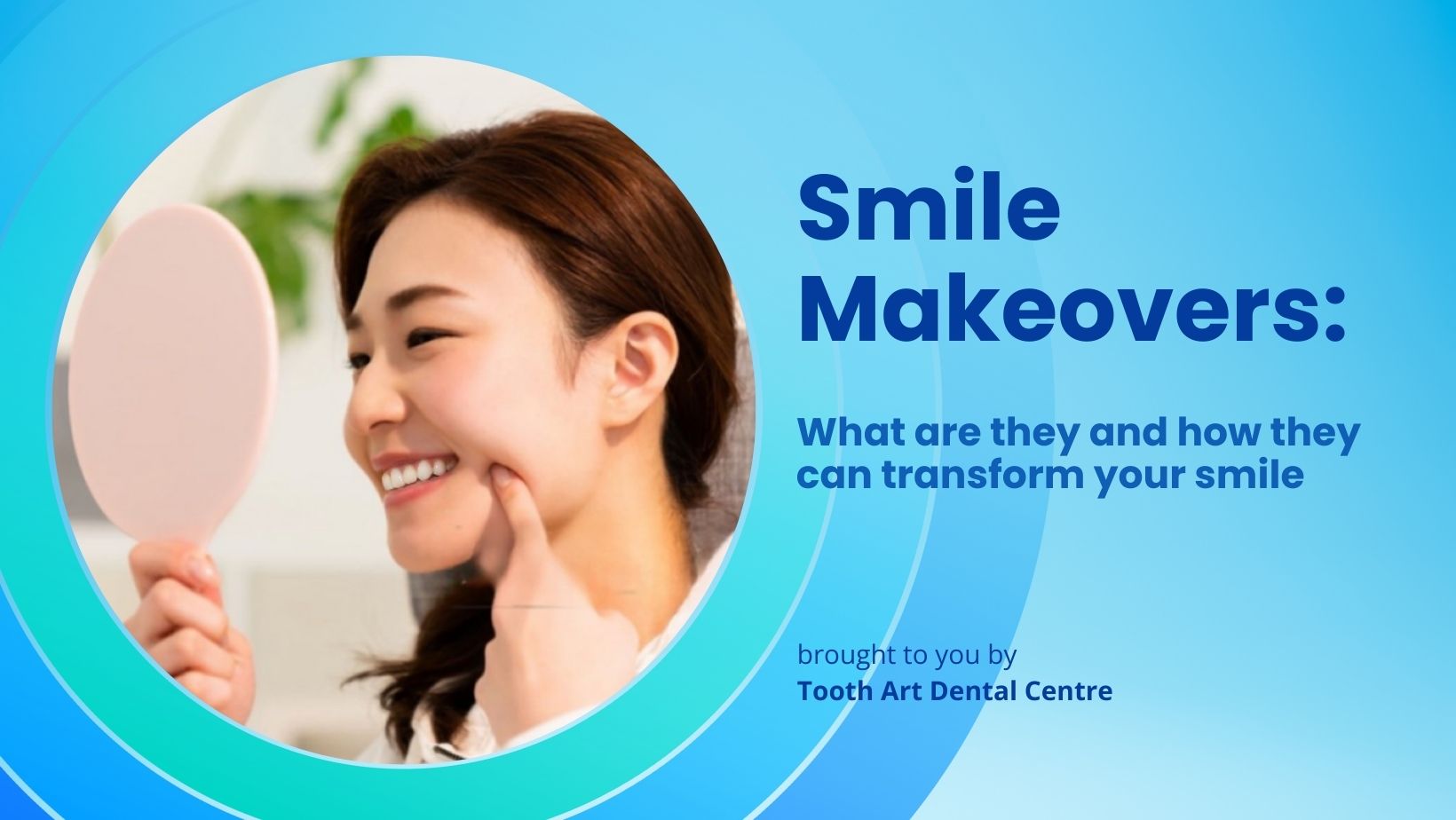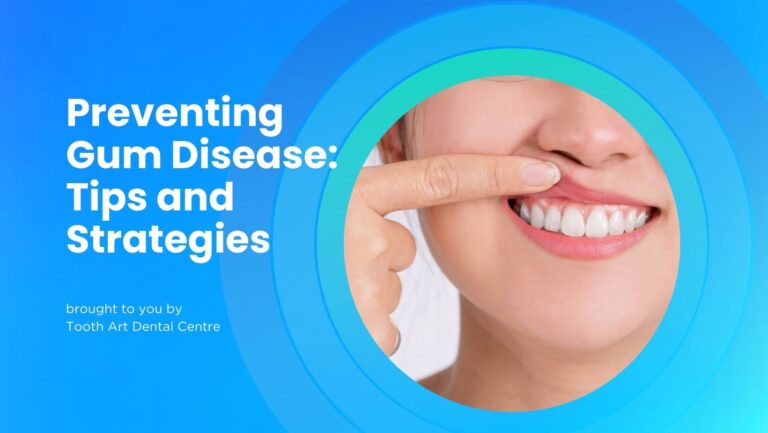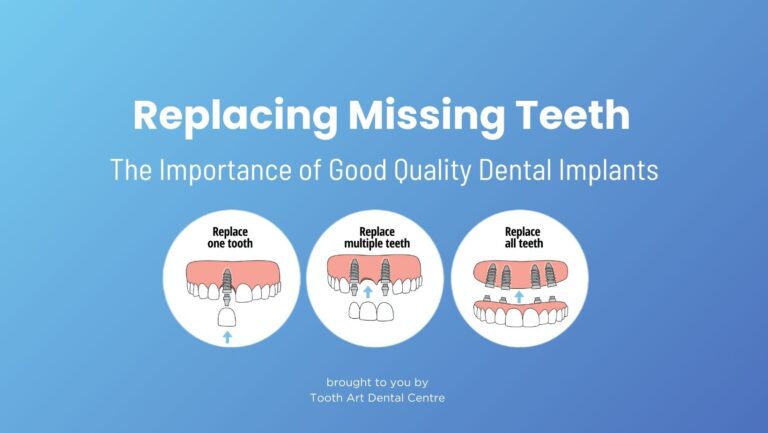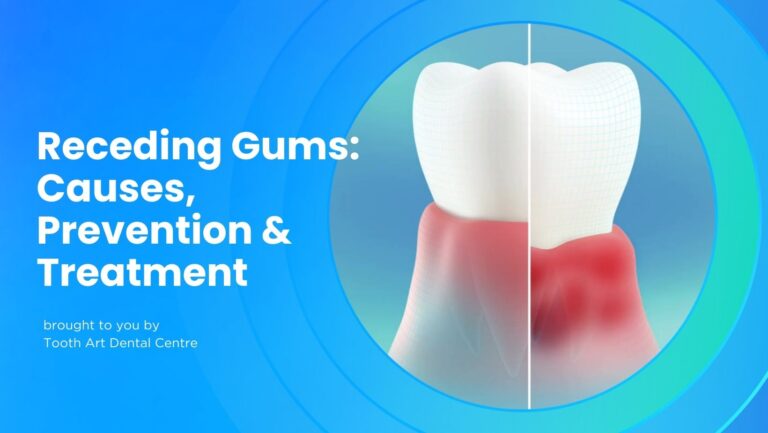Smile Makeovers: What Are They and How They Can Transform Your Smile
A smile makeover refers to the process of improving the appearance of your smile through one or more cosmetic dentistry procedures. These procedures can address a variety of aesthetic and functional issues with the teeth and gums, enhancing the overall appearance of your smile.
Common Treatment Options in a Smile Makeover include:
- Teeth Whitening: This is often the simplest form of cosmetic dentistry and involves bleaching the teeth to achieve a whiter, brighter smile.
- Veneers: These thin shells of porcelain or composite material are bonded to the front surfaces of the teeth to improve their color, shape, size, or length.
- Orthodontics: Procedures such as braces or clear aligners correct misalignments and spacing issues, improving both the function and appearance of the teeth and bite.
- Gum Contouring: This involves reshaping the gum line to create a more pleasing smile, especially if the gums are too high (gummy smile) or too low (receding gums).
- Dental Implants: Used to replace missing teeth, implants provide a durable and functional restoration that also improves the aesthetics of the smile.
- Dental Crowns and Bridges: These restorations are used to cover damaged or decayed teeth, or to replace missing teeth, thereby improving the overall appearance and function of the smile.
- Composite Bonding: This involves applying a tooth-colored resin to the teeth to fix minor imperfections such as chips, cracks, or gaps.
Finding Balance in a Smile Makeover
The aim of a smile makeover is to create a balanced and visually appealing look that complements your natural features. It involves a detailed assessment of various aspects of your face and smile to ensure that the outcome suits your unique appearance and style. Key considerations include:
- Facial Appearance: Your overall facial appearance, including the shape, is considered to design a smile that complements your features.
- Skin Tone: This can influence the shade selection for procedures like teeth whitening and veneers.
- Teeth (Color, Width, Length, Shape, and Tooth Display): These elements are critically assessed to ensure they fit harmoniously with your overall appearance.
- Gum Tissues: Healthy, well-contoured gums are crucial to the aesthetics of your smile.
- Lips: Since lips frame your smile, their contour can influence the outcomes of a smile makeover.
The Process of a Smile Makeover
Before any cosmetic procedures can begin, a thorough dental examination is essential. This assessment will help identify any underlying issues such as decay, gum disease, or alignment problems that need to be addressed first.
Next, it is crucial to clearly define what you hope to achieve for a smile makeover. Whether it’s whiter teeth, straighter alignment, or a more uniform look, understanding your goals will help with customizing a treatment plan specific to you.
The importance of choosing a qualified cosmetic dentist cannot be emphasized enough. They are trained to assess the nuances of facial symmetry, tooth shape and colour to create results that look natural and harmonise with the individual’s overall appearance. Moreover, the longevity and success of these cosmetic dental treatments hinge heavily on the quality of the work performed, minimising the risk of complications and the need for future revisions.
Potential Downsides of a Smile Makeover
A smile makeover can enhance your appearance and boost your confidence, but there are several downsides to consider:
- Cost: Smile makeovers can be expensive, especially since they often involve multiple procedures such as veneers, crowns, and whitening, which may not be covered by insurance.
- Irreversibility: Some procedures, like veneers or crowns, require the removal of a portion of your natural tooth enamel, which is irreversible.
- Sensitivity: Dental treatments involved in a smile makeover may lead to increased teeth sensitivity to hot or cold foods and beverages.
- Maintenance: Cosmetic dental work requires good ongoing care and may need replacements every 10-15 years, or even sooner, adding to long-term costs.
- Risk of damage: Although rare, there’s a risk of damage to the nerves of the teeth during some procedures, which can result in the need for further treatments, like root canals.
- Expectations: There’s always a risk that the results may not meet the patient’s expectations in terms of appearance, which can lead to disappointment or the need for additional adjustments.
Conclusion
A smile makeover can profoundly transform your smile, enhancing both aesthetics and function. It is essential, however, to carefully evaluate the available treatment options and understand their potential downsides with a skilled dental professional. By considering these factors, you can achieve a smile that not only looks great but also boosts your confidence and overall quality of life.
Contemplating a smile makeover? Schedule a consultation with our trained dental specialist today.
Note: This article is intended for informational purposes only and does not substitute for professional medical advice. Individuals experiencing health concerns should consult with healthcare professionals for proper diagnosis and treatment plans.







